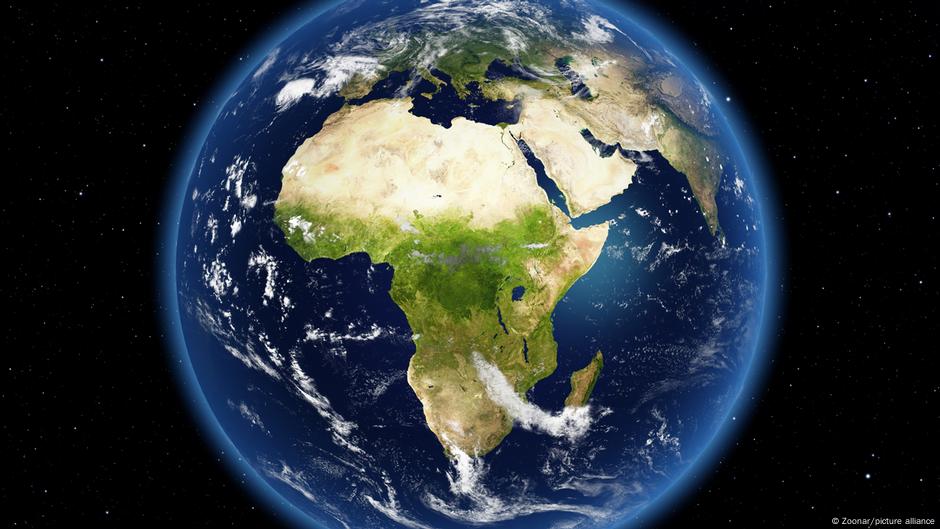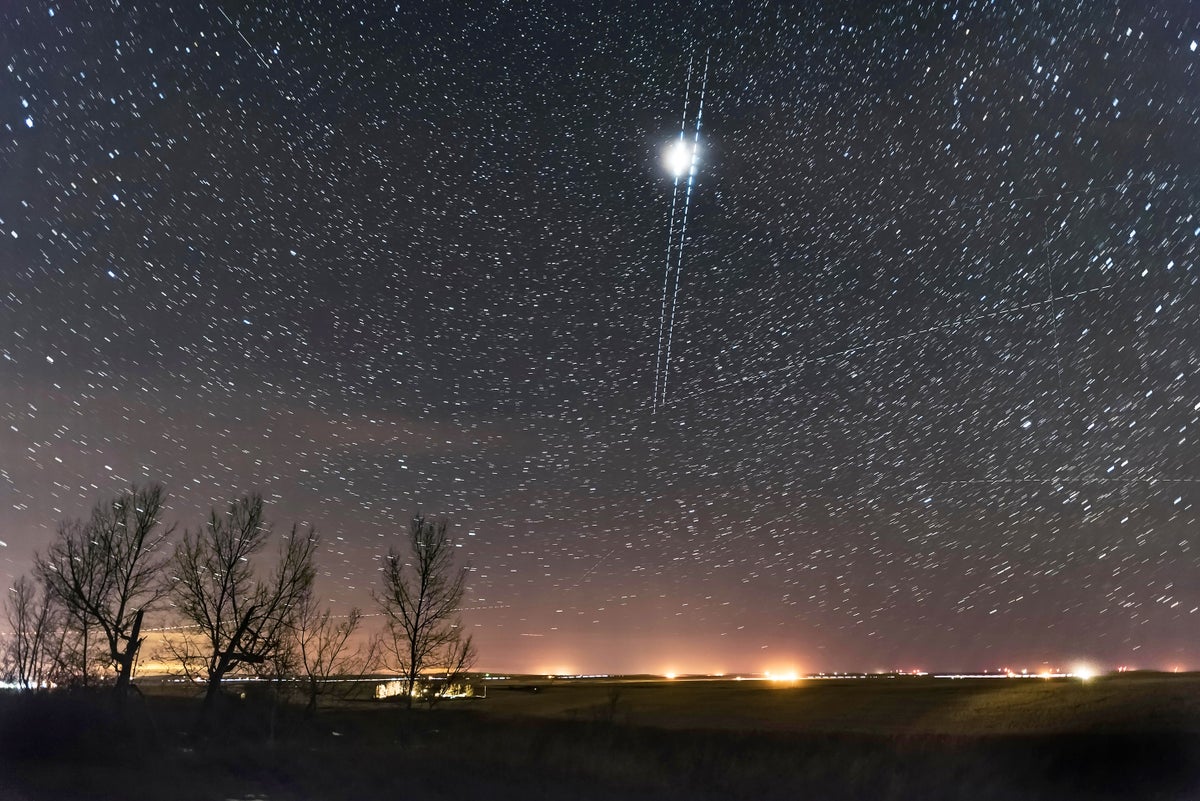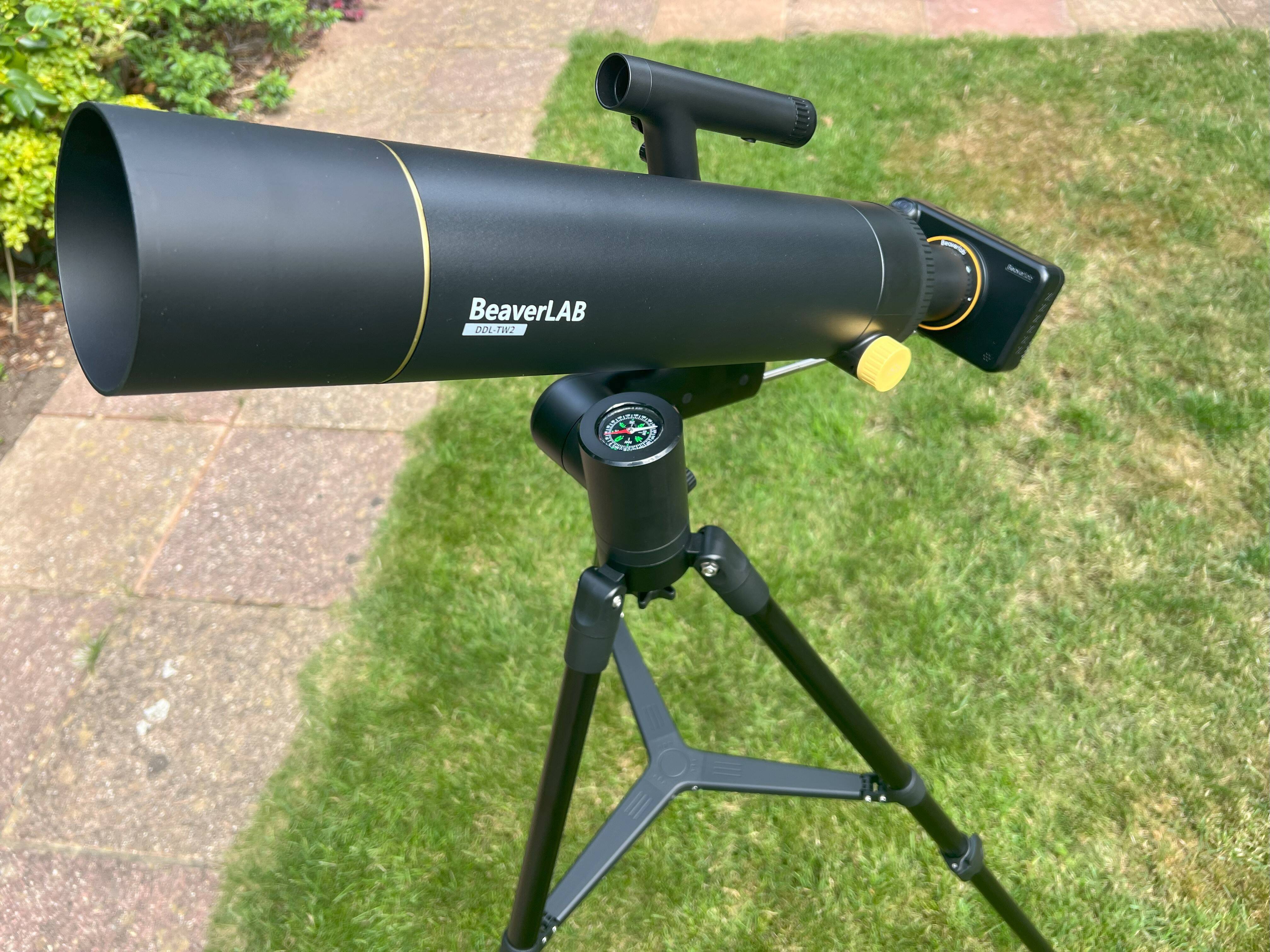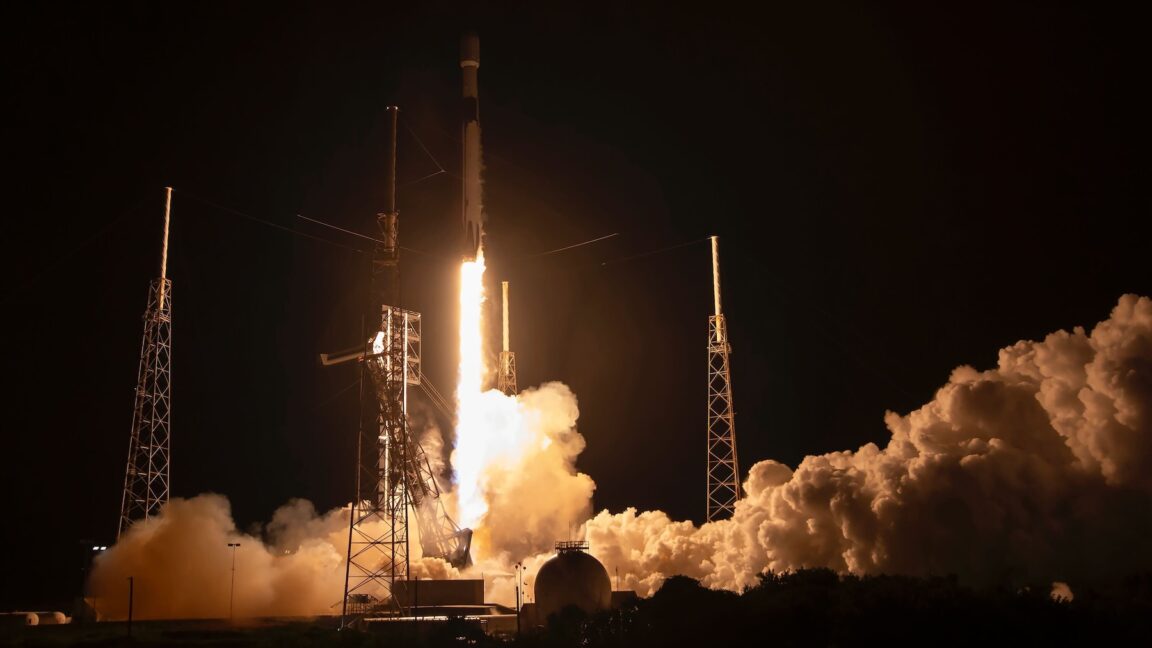#satellites
#satellites
[ follow ]
#spacex #light-pollution #astronomy #cybersecurity #amazon #starlink #space-exploration #project-kuiper
fromwww.scientificamerican.com
2 weeks agoHubble and Other Space Telescopes Are Now Vulnerable to Satellite Photobombing, Too
Today the globe is circled by thousands of active satelliteseach prone to photobombing astronomers' telescopes as an artificial star zipping across the night sky. Scientists working with ground-based observatories such as the cutting-edge Vera C. Rubin Observatory have long worried about this visual interferencebut as satellites continue to proliferate, space-based telescopes, including the beloved Hubble Space Telescope, are beginning to suffer, too. And the problem is only going to get worse.
Science
fromThe Mercury News
1 month agoBay Area scientists set to launch mission to Mars that could help pave way for human trips
This first-of-its-kind unmanned mission - Escape and Plasma Acceleration and Dynamics Explorers, or ESCAPADE - could launch as early as this Sunday, sending twin satellites to Mars that together will offer the clearest picture yet of the shifting Martian atmosphere and magnetic field. If it succeeds, it could reveal mysteries about how Mars became the red wasteland that we see today, and may help us send humans to safely explore our planetary neighbor. It also pioneers a new path to Mars and a cheaper - if riskier - model for space exploration.
Science
fromwww.theguardian.com
1 month agoAerospace firms link up to create European rival to Musk's SpaceX
Guillaume Faury, chief executive of Airbus, Roberto Cingolani, chief executive of Leonardo and Patrice Caine, chief executive of Thales, said in a joint statement that the new company marked a pivotal milestone for Europe's space industry. By pooling our talent, resources, expertise and R&D capabilities, we aim to generate growth, accelerate innovation and deliver greater value to our customers and stakeholders, they said.
France news
fromMail Online
5 months agoFrance names space rocket Orbital BAGUETTE One
France has officially entered the space race with a rocket named Orbital Baguette One. The name is not just a nod to one of France's most iconic exports, but also a wink to Star Wars, with the OB-1 abbreviation paying a playful tribute to Jedi Master Obi-Wan Kenobi.
France news
fromWIRED
5 months agoChina Has Attempted What Might Be the First-Ever Orbital Refueling of a Satellite
Chinese satellites SJ-21 and SJ-25 merged on July 2, indicating a potential high-altitude orbital refueling capability, enabling possibly military applications such as disabling foreign satellites.
Science
Tech industry
fromTheregister
7 months agoChina launches first sats for orbital AI cloud
Guoxing Aerospace aims to establish a satellite constellation with significant computing capabilities to enhance various services.
APAC tech spending growth is expected to slow down due to US tariffs impacting costs and investments.
fromLondon Business News | Londonlovesbusiness.com
7 months agoRussia and China turn space into a warzone - London Business News | Londonlovesbusiness.com
"Satellite infrastructure is no longer just commercial, but strategic. Space has become a new front line... the vulnerabilities in current systems stem from old technology."
Privacy technologies
Startup companies
fromBusiness Insider
7 months agoSatellite imagery startup Albedo, which can track people from space, is raising a new round at a $285 million valuation
Albedo is revolutionizing Earth monitoring with VLEO satellites, raising $100 million in Series B funding at a $285 million valuation.
[ Load more ]












